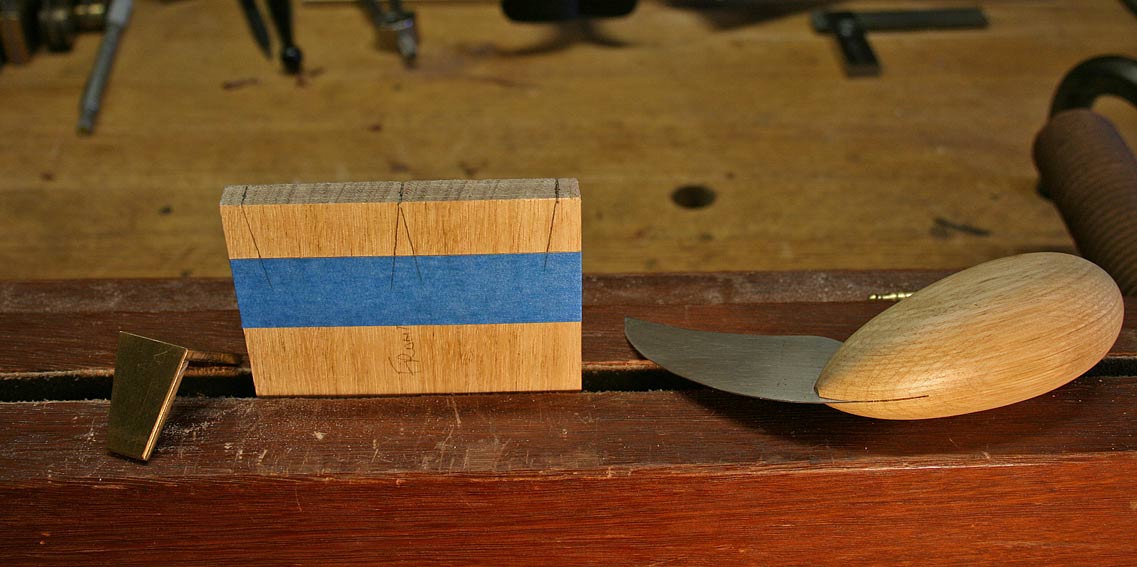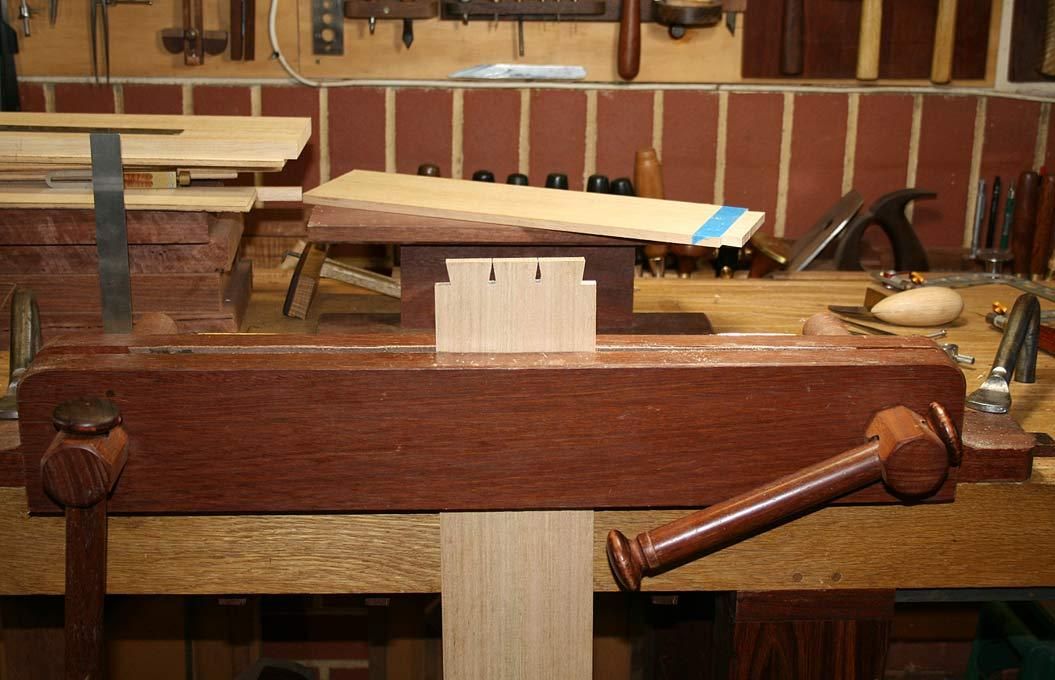I've been doing OK with a cheap pullsaw, a $15 Shark 10-2204 Dowel/Dovetail/Detail Saw.
To step things up a notch, I was considering a spine-backed saw and one of the magnetic guides.
On Jay Bates's YouTube channel, he shows dovetail cutting using a dozuki saw like the one I show here from Lee Valley. About $40 including tax and shipping. He is using the David Barron magnetic guide, about $60 delivered. So, $100 for this setup.
Then there is the Lee Valley combo set, saw and guide, that I show in a second pic. The saw is not backed, but the description of the setup seems to say a backed saw will not work with the guide. This setup will run me about $70.
I know there are more expensive options here for doing this, but I am a cheap guy. What do you think?





 Reply With Quote
Reply With Quote







